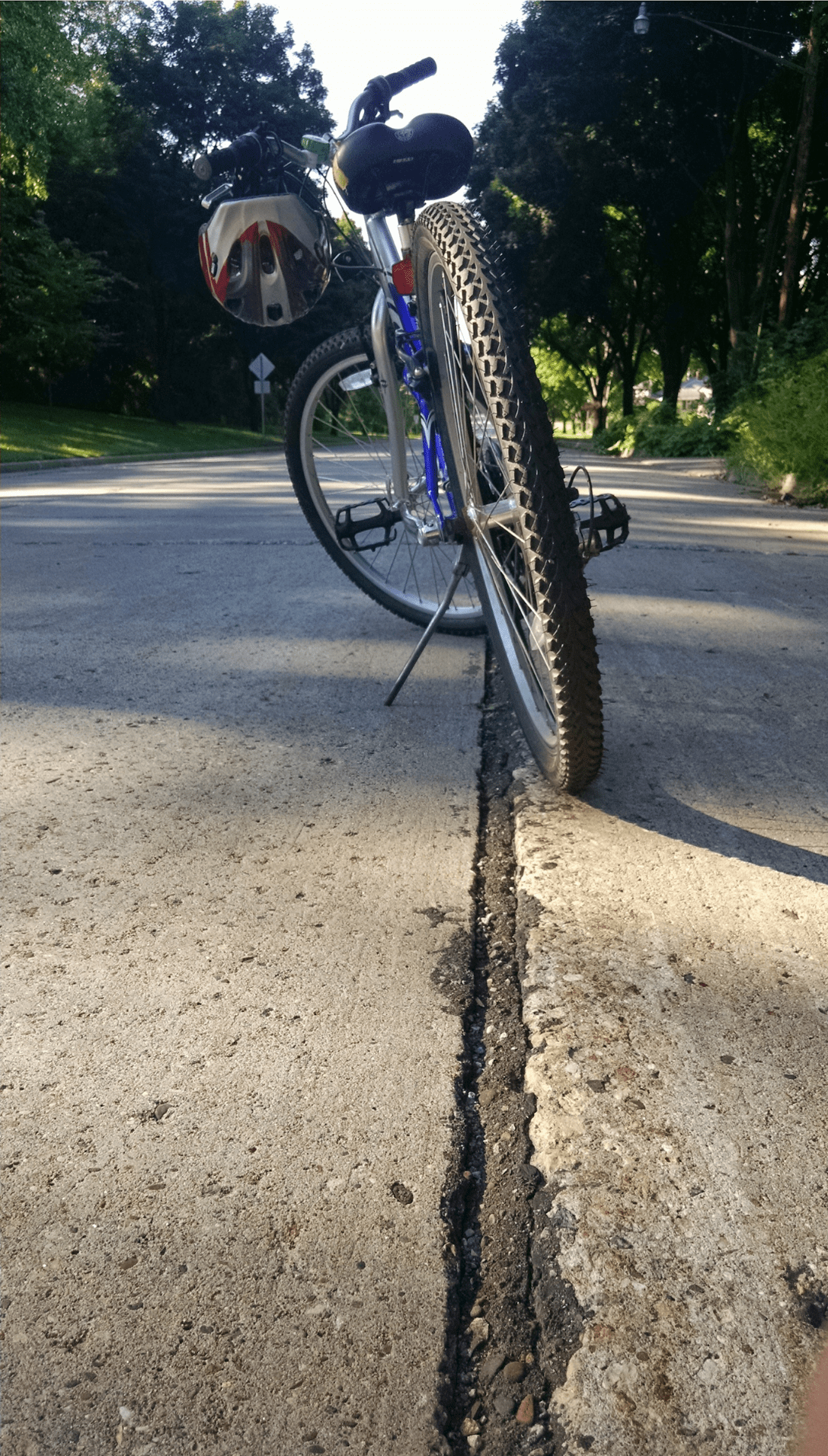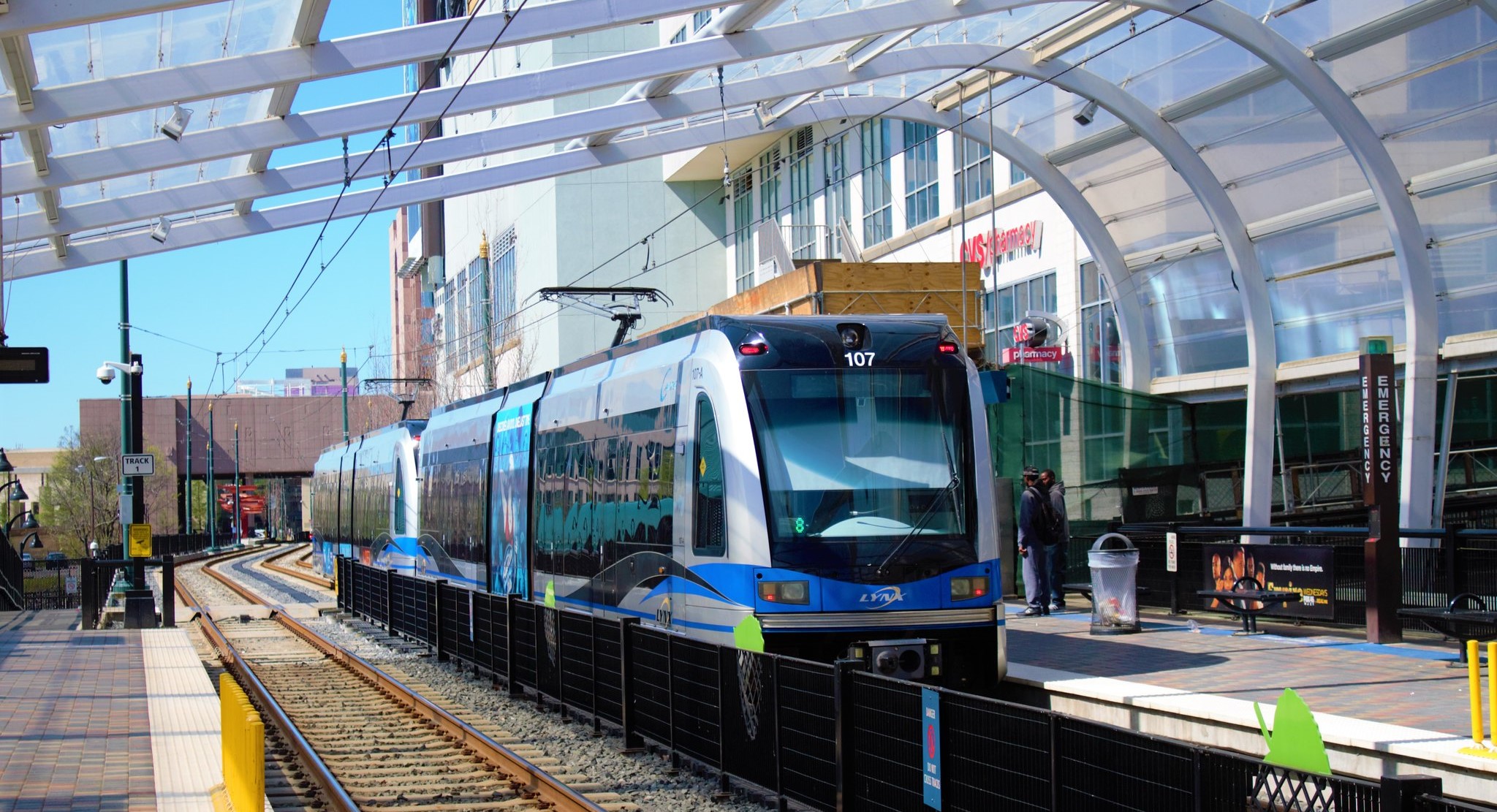Remember congestion pricing? It's not much fun to think about what happened to that idea in New York last year. And considering the craziness that's been going on over bridge tolls in Albany, any kind of road pricing in our fair city certainly seems like a non-starter for the foreseeable future.
 Traffic in Austin. Photo by .nutter via Flickr.
Traffic in Austin. Photo by .nutter via Flickr.But in Texas, Streetsblog Network member Austin Contrarian is living up to his name with a post that holds out hope that congestion pricing's time is indeed coming, and considers some practical issues of implementation:
Here's the information problem: The optimal congestion toll should be set just high enough to achieve free-flow (45 mph) traffic. But if the toll is set too high, it will induce too many drivers to shift to other times, routes or modes of transportation. That's bad, too (atleast if you ignore other externalities like pollution.)
Traffic engineers can generally predict the high-demand days, but there's a fair amount of randomness in traffic patterns. Some days an unusually large number of drivers just happen to drive to work at the same time.
The optimal toll therefore should be variable -- the greater the demand, the higher the toll. But that's very hard to implement as a practical matter. How do we get would-be drivers the information they need to make timely decisions? There's no point in raising prices on driversonce they've entered the road; raising prices can no longer influence their behavior (except perhaps to launch them into a homicidal rampage).
Price changes might affect the behavior of drivers who are about to enter the highway. But they are just a fraction of the drivers targeted by congestion pricing. Congestion prices are also intended to shift drivers' time of travel and mode of transportation. That requires getting them the price in advance, in real time (via the Internet, for example). But that, in turn, creates a real risk of herd behavior. If the posted price is high, most drivers will respond by taking alternate routes or leaving too late. If the posted price is low, drivers will rush to their cars to take advantage of the low tolls, creating a sudden surge in demand and unnecessary spikes in prices. There's a sort of Heisenberg uncertainty principle at play.
Other good things from around the network: The Transport Politic digs deeper on Obama's high-speed rail anouncement. Orange County Transit Blog reports bus riders there aren't taking cuts lying down. And EcoVelo links to a truly cool opportunity: you can help fund a bike-repair school in Mauritania that's being set up by a Peace Corps volunteer.





